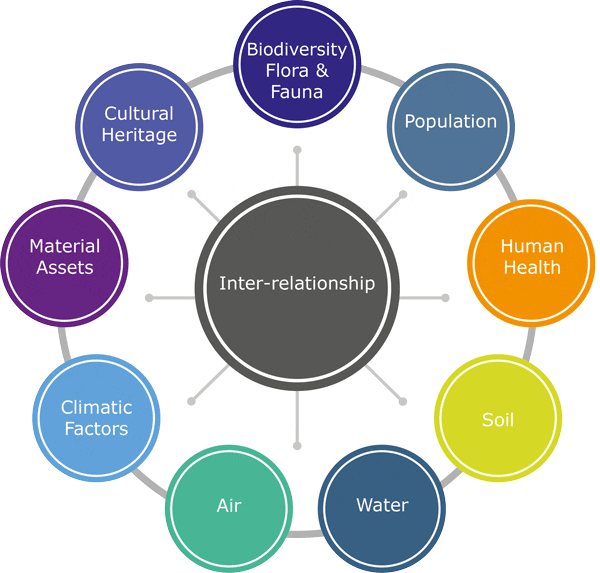
Integrating Health Impact Assessment into Sustainability Appraisal
What is Health Impact Assessment and why integrate it with Sustainability Appraisal?
Health Impact Assessment (HIA) is a means of assessing the likely effects of plans, programmes and projects on human health. HIA is not required by law, but it is a tool to assist decision-makers in understanding the health impacts of a plan. It seeks to inform and enhance the decision-making process, making decisions more holistic and robust by recommending ways to avoid or mitigate negative effects on health and to enhance positive outcomes for health.
HIA and Sustainability Appraisal (SA) are separate processes but can be undertaken together in a single, integrated appraisal process. The Office of the Deputy Prime Minister (ODPM)’s ‘Practical Guide to the Strategic Environmental Assessment Directive’ [1] states:
“Responsible Authorities may find it helpful to draw on the methods of Health Impact Assessment when considering how a plan or programme might affect people’s health.”
SA already gives some consideration to health, as government guidance states it should incorporate Strategic Environmental Assessment [2] (SEA), which requires consideration of a number of specific issues, including human health. Many, if not all of the other SEA issues have links to health, and the SEA Regulations also require consideration of the inter-relationship between these issues (Figure 1).
Figure 1: Issues considered by SEA

How to integrate HIA into SA
Integrating HIA into SA generally results in a more detailed and broader assessment of health than the usual approach to the ‘human health’ SEA topic. The World Health Organisation (WHO) defines health as ‘a state of complete physical, mental and social well-being’ [3], whereas SA often focuses on physical health. There is no set methodology for how to assess health in SA, how to carry out HIA, or how to integrate HIA into SA. Many HIA tools adopt a similar process to SA (see Table 1), therefore it is logical to follow a similar process in an integrated appraisal.
While consultation is usually undertaken during the appraisal stage of HIA, SA is an iterative process that includes at least two rounds of consultation, one on the Scoping Report and one on the Environmental Report. As such, the normal consultation process for the SA is likely to be sufficient to gather comments on the assessment of health impacts as well.
Table 1: Stages in SA and HIA
There are a number of HIA toolkits available that provide a guide to carrying out HIA. These usually consist of a number of questions or criteria to prompt consideration of relevant issues and these can be built into the SA framework (the sustainability objectives against which the effects of the plan are judged) to give greater focus on assessing the health effects of a plan. One useful example of such a toolkit is the NHS London Healthy Urban Development Unit’s ‘Rapid Health Impact Assessment Tool’ (2017), which includes assessment criteria for a number of topics including housing quality and design, access to healthcare and other social infrastructure, access to healthy food and climate change, among others.
When carrying out SA, the effects of each plan policy (or group of linked policies) are generally considered individually in the first instance. The SA also considers the effects of the plan as a whole in relation to each SA objective and this provides an opportunity to draw together the effects of the plan on all health-related assessment criteria and SA objectives. For example, environmental improvements are likely to positively impact physical and mental health by reducing pollution, improving the living environment, and facilitating outdoor recreation and active travel.
Integrating HIA into SA also provides an opportunity to consider whether the health of people in any particular group will be disproportionately affected by the plan and to make recommendations to avoid or mitigate this.
Summary
While the SA process already requires consideration of health, integration of HIA encourages a broader, more detailed and more holistic consideration of health. There is no prescribed methodology for doing this but LUC recommends integrating criteria from HIA toolkits into the SA framework. A useful way of presenting the findings is to draw together all of a plan’s effects in relation to health-related criteria and SA objectives in a separate summary of health effects.
[1] Office of the Deputy Prime Minister (ODPM) (2005) A Practical Guide to the Strategic Environmental Assessment Directive [online] Available at: gov.uk
[2] Environmental Assessment of Plans and Programmes Regulations 2004, commonly referred to as the Strategic Environmental Assessment (SEA) Regulations
[4] Based on WHO method









